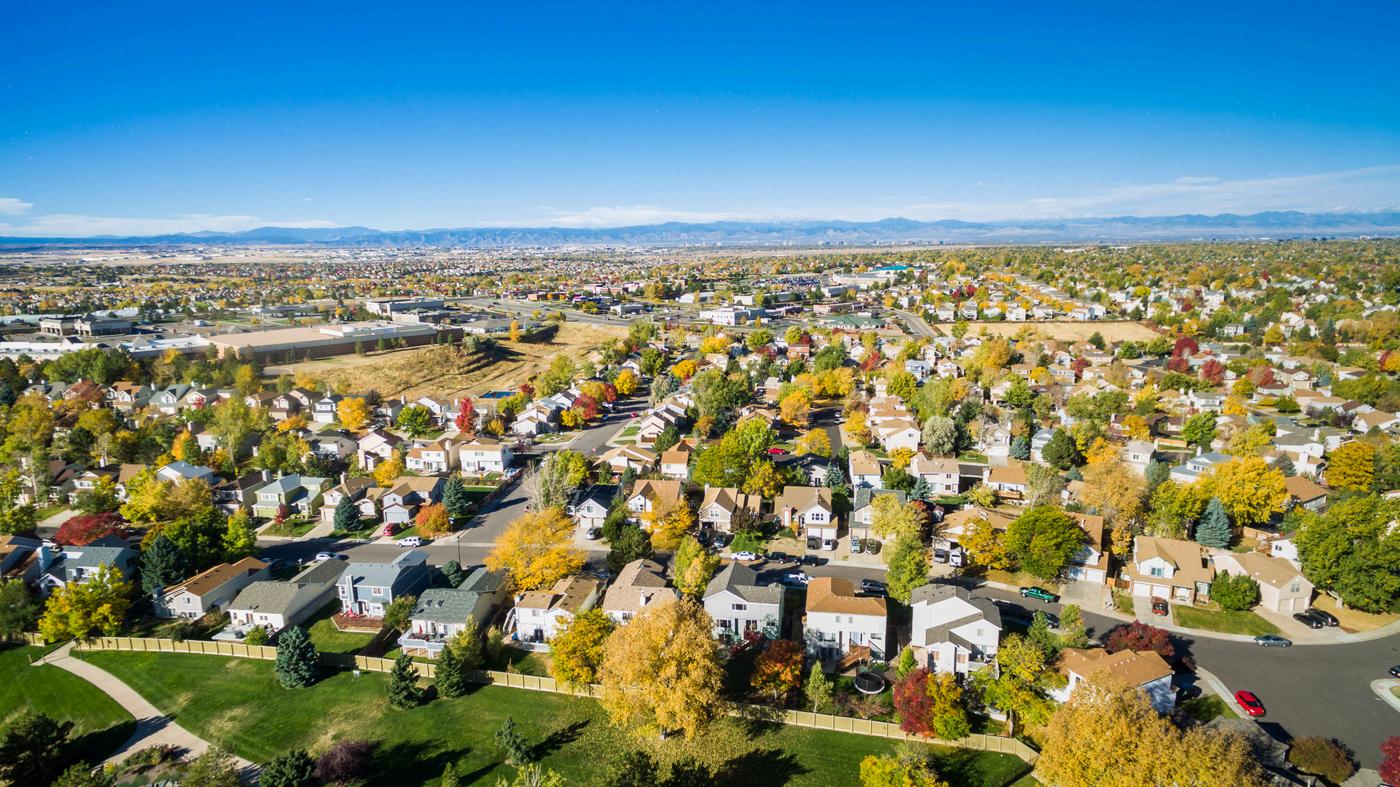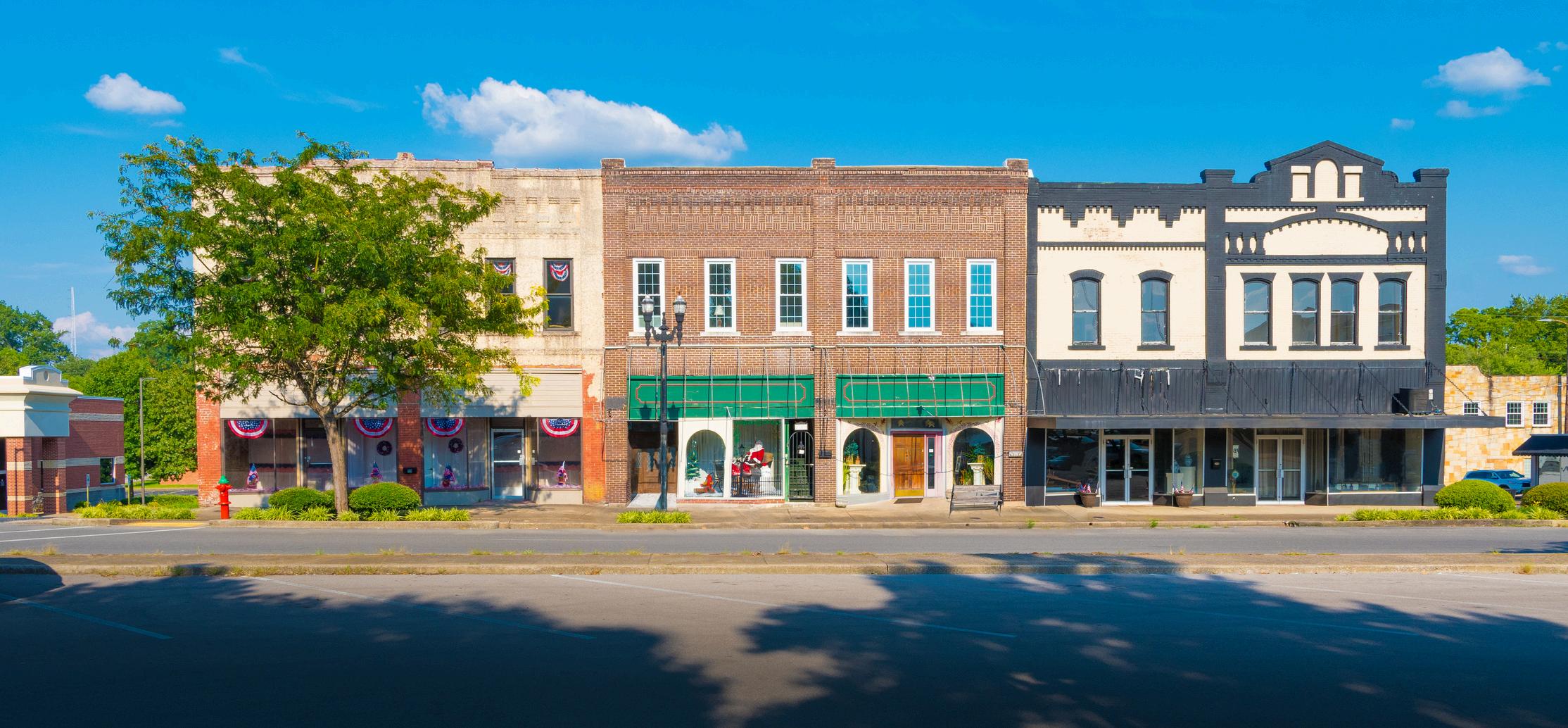




Prioritizing home ownership and affordability throughout Utah
Utah municipalities can access a new tool to actively address housing affordability challenges within their communities The First Home Investment Zone (FHIZ) allows cities t
, medium-density city or town centers accompanied by surrounding single-family homes. Upon approval, a FHIZ allows a portion of incremental tax revenue growth to be captured over a period of time to support development costs. This revenue must directly benefit the FHIZ and related homes outside the zone, promoting home ownership and affordable housing and covering project and system infrastructure costs.

A FHIZ cannot be proposed around a transit station where a Housing and Transit Reinvestment Zone (HTRZ) may be proposed, nor can it overlap with an existing Community Reinvestment Area (CRA). There is also a limitation on FHIZ if a municipality’s CRA funds are more than 20% of its ongoing, unencumbered annual revenue New homes may not yet be permitted by the city, and the relevant areas must be zoned appropriately before the FHIZ is approved


Within the FHIZ, at least 12% of owner-occupied homes and 12% of rental homes must be affordable. Additionally, at least 20% of the related homes outside the zone must be affordable. Owner-occupied homes are affordable at 80% of the county median sales price and rental homes are affordable at 80% Area Median
Income (AMI). Affordable homes must be spread across the development. The FHIZ proposal must include an affordable housing plan to ensure the affordable housing requirement continues to be met throu
of the FHIZ.
FHIZs should be transformative mixed-use developments with dynamic opportunities for the community They should improve availability of housing options, optimize access to employment, educational opportunities, and childcare, and provide efficiencies in parking and transportation Efficiencies include walkability, interconnectivity within the development and connections to surrounding communities, and access to roadways, and public and active transportation
Densi
r